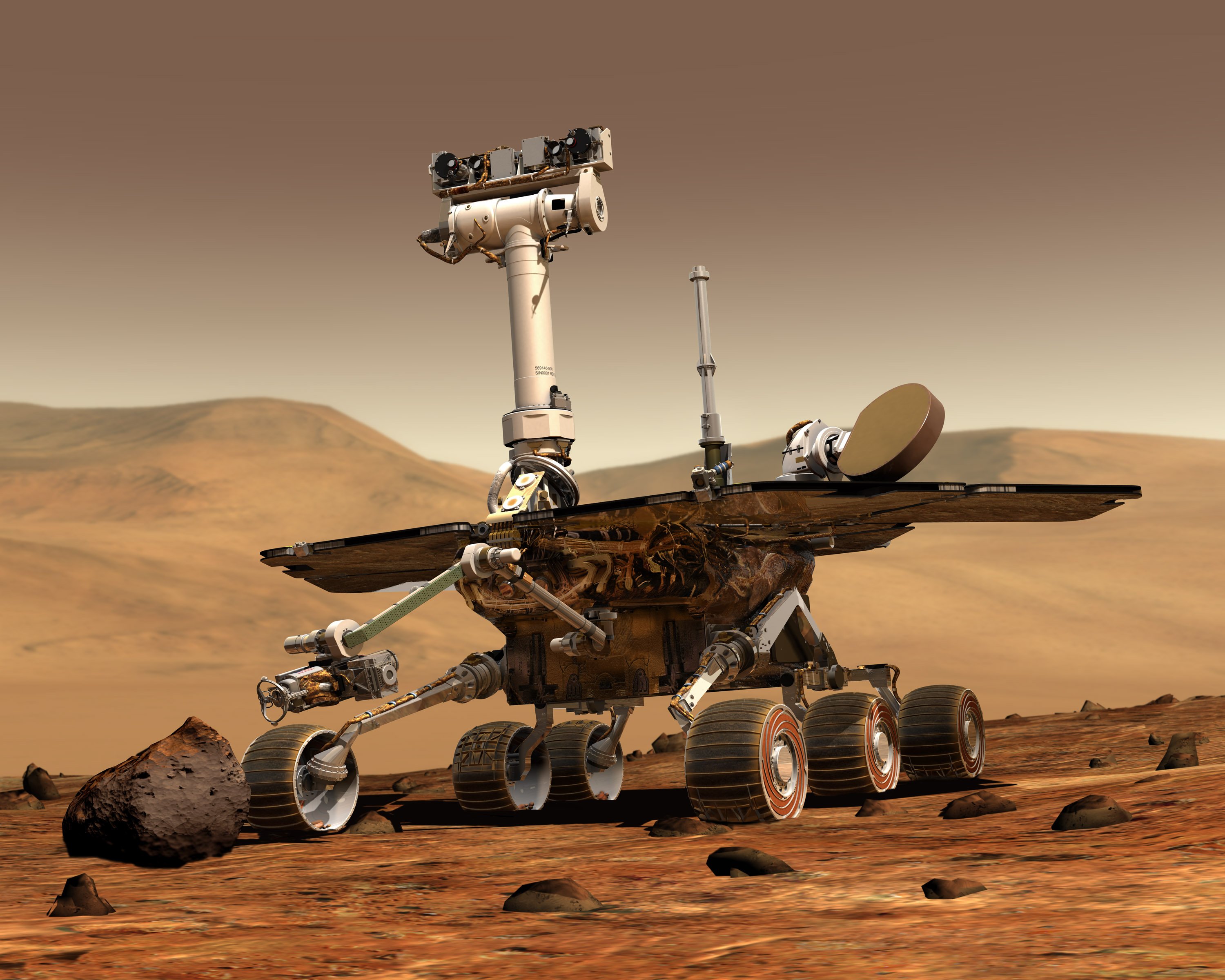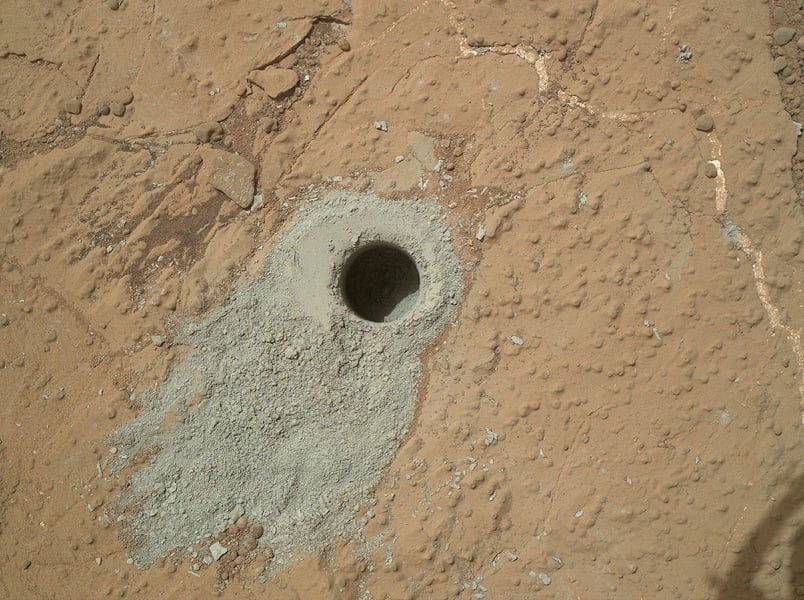NASA’s Curiosity Rover may have found evidence of life on Mars.
The robot, which landed on Mars in 2012, has detected unusual spikes of methane that are very difficult to explain by geology or other theories as well as organic matter in a drilled sample of the Sheepbed mudstone in Gale crater.
Explaning the methane spikes on Mars
Scientists are baffled by what could be causing these methane spikes, but one possibility is that it could be emitted from very small bacteria-like organisms on the Red Planet.
If this turns out to be true then it would be one of the biggest discoveries in science.
Microbial organisms account for 95% of methane on Earth, however, there are other non-biological ways that also creates this gas.
The Rover will continue to be exploring more evidence of the possibility of life. In 2020 an unmanned mission is set to take place to search for the source of the methane.
The laboratory that the rover is equipped with has been monitoring the levels of methane in Mars’s atmosphere a dozen times in the last year. In late 2013 and early 2014, there was a huge spike in the amount of methane, which then receded.
At a press conference on Dec 17, at the American Geophysical Union’s convention in San Francisco, Nasa scientists said that there are other possible explanations for the methane on Mars, including rays from the Sun degrading organic material that meteors have left behind.
However, that explanation could be ruled out as it counts on there being material deposited by an object that would have been detected and left a large visible crater – which has not been seen.
In four sequential measurements, the methane level surged from 0.69 parts per billion by volume (ppbv) to 7.2 ppbv. The spikes occurred in less than 200-300 meters between them. When Curiosity traveled a further kilometre, these high levels of methane plunged down.
Dr Chris Webster, of Nasa’s Jet Propulsion Laboratory in Pasadena, California, said:
“Strictly speaking, our observations are evidence for methane production on Mars, and in themselves cannot directly provide evidence of microbial life.
“However, from our positive detection of methane on Mars, we cannot rule out the possibility that both the low background level and the high methane values originate in part from microbial activity.”
“At this time,” added Dr Webster, “We have no idea what we will see in the future, or if we will ever see high values again.”
Rover detects organic molecules on Mars
The first definitive detection of Martian organic chemicals in material on the surface of Mars came from analysis by NASA’s Curiosity Mars rover of sample powder from this mudstone target, “Cumberland.” Image credit: NASA/JPL-Caltech/MSSS
A drilled sample of the Sheepbed mudstone in Gale crater – the rover’s landing site – was found to contain organic molecules – consisting of a wide variety of molecules made mostly of carbon, hydrogen, and oxygen atoms.
Caroline Freissinet of NASA’s Goddard Space Flight Center in Greenbelt, Maryland, US, said:
“We think life began on Earth around 3.8 billion years ago and our result shows that places on Mars had the same conditions at that time – liquid water, a warm environment and organic matter,”
Curiosity Participating Scientist Roger Summons of the Massachusetts Institute of Technology in Cambridge, said:
“This first confirmation of organic carbon in a rock on Mars holds much promise. Organics are important because they can tell us about the chemical pathways by which they were formed and preserved. In turn, this is informative about Earth-Mars differences and whether or not particular environments represented by Gale Crater sedimentary rocks were more or less favorable for accumulation of organic materials.”
He added:
“The challenge now is to find other rocks on Mount Sharp that might have different and more extensive inventories of organic compounds.”
Reference:
“NASA Rover Finds Active and Ancient Organic Chemistry on Mars” – Jet Propulsion Laboratory – NASA


